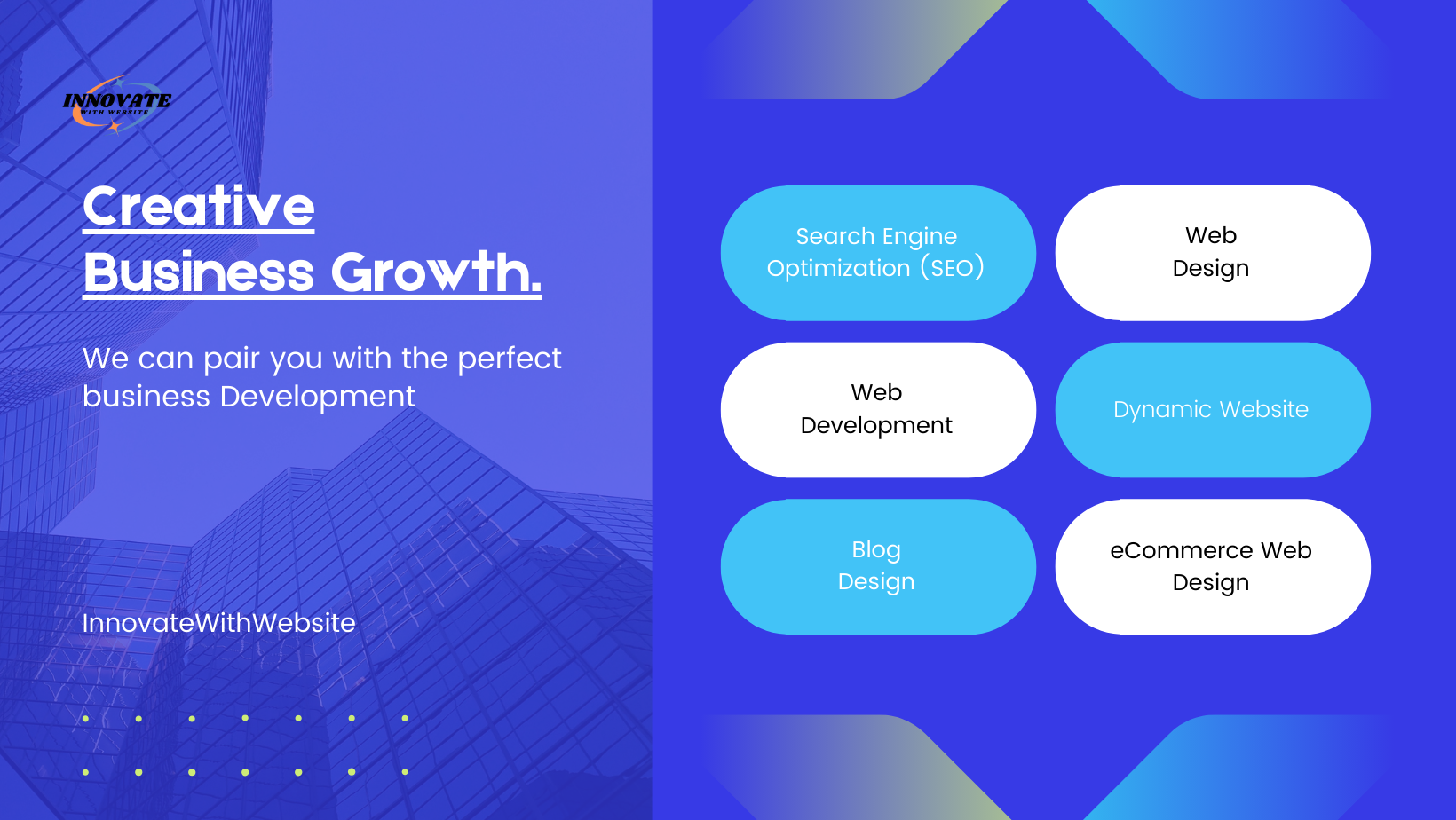Mastering HTML Tables: A Comprehensive Guide for Web Developers
 InnovateWith Website
InnovateWith Website
1. Introduction to HTML Tables
What are HTML Tables?
HTML tables are structured formats that allow web developers to present data in rows and columns. Think of them as grids that help organize information clearly and efficiently. The purpose of tables goes beyond just aesthetics; they play a crucial role in displaying tabulated data, such as statistics, schedules, and comparisons, making it easier for users to digest information quickly.
Tables are significant in web development because they establish a format that users are accustomed to. A well-structured table can enhance user experience by presenting complex data in an intuitive manner. Whether you’re building a data dashboard or a simple inventory list, tables can simplify content display and data interaction.
2. Basic Structure of an HTML Table
Creating an HTML table involves using essential tags that define its structure. Let’s take a look at the fundamental parts you need to know:
Essential tags and their descriptions
<table>: This tag begins the table and contains all its other elements.<tr>: Stands for “table row”. Each row represents a new line of data.<th>: This stands for “table header”. It’s used for header cells, which are typically bold and centered.<td>: This is used for “table data”. It represents standard cells for the actual data.
<table>
<tr>
<th>Product</th>
<th>Price</th>
<th>Quantity</th>
</tr>
<tr>
<td>Apples</td>
<td>$1.00</td>
<td>10</td>
</tr>
<tr>
<td>Oranges</td>
<td>$0.50</td>
<td>20</td>
</tr>
</table>
Essential HTML Table Elements
In addition to the basic tags, several additional tags enhance a table's functionality and semantics:
<caption>: Provides a title or explanation for the table, improving context.<thead>: Defines the header section of the table, keeping navigation clear.<tbody>: Encloses the main content of the table.<tfoot>: This section is for footer content, which often includes summaries or totals.
3. Nesting Tables for Complex Layouts
Sometimes, a single table isn’t enough to convey your data. Nested tables can help with this.
How to create nested tables
Creating nested tables involves placing one <table> tag inside another <td> element. This setup allows you to expand on complex layouts easily.
Practical examples of nested table usage
Imagine you want to show detailed product specifications alongside a pricing table. You could create a main table for pricing and nest tables within the data cells to display specs like dimensions or material.
Semantic HTML and table markup considerations
It’s essential to maintain semantic HTML practices when using nested tables. Each table should represent a meaningful data structure, not just be a visual aid. Ensure that the hierarchy of data is clear and that there's a logical flow.
Ensuring readability and usability of tables
Maintain enough spacing and clear headers to help users navigate complex tables. Overly cluttered or intricate table designs can lead to confusion and dissatisfaction.
4. Accessibility Considerations for HTML Tables
Creating Accessible Tables
Crafting accessible tables is vital in web design because it ensures that everyone, including individuals with disabilities, can interact with your data. Using proper semantic markup plays a significant role in this.
Techniques to improve table accessibility for assistive technologies
Use the
<caption>tag to describe your table briefly.Ensure all
<th>elements have appropriate scope attributes (row, col, or both), which helps screen readers understand how data rows and columns relate.
ARIA Roles and Attributes for Tables
Overview of ARIA attributes relevant to tables
ARIA (Accessible Rich Internet Applications) roles and attributes can aid in enhancing the accessibility of your HTML tables.
How to implement ARIA for enhanced accessibility
Here’s a simple implementation:
<table role="table" aria-labelledby="tablecaption">
<caption id="tablecaption">Product Pricing Details</caption>
...
</table>
Testing Table Accessibility Tools and methods for testing table accessibility There are numerous tools to help you assess table accessibility. Tools like WAVE or Axe can highlight areas that need improvement. Best practices for ensuring compliance with accessibility standards
Regularly test your tables with users who rely on assistive technologies. Their feedback will offer valuable insights into how accessible your designs truly are.

Conclusion
Mastering HTML tables is an essential skill for every web developer. From building simple data presentations to nested layouts, tables provide a framework to display information effectively. By focusing on accessibility and semantic markup, you can ensure that your tables reach and resonate with the broadest audience. So the next time you're building a site, remember: a well-structured table can make all the difference in how your data is perceived!
Frequently Asked Questions (FAQs)
What are the main HTML tags used to create tables?
The primary tags include <table>, <tr>, <th>, and <td>.
How can I make an HTML table responsive on different devices?
Utilize CSS for styling; properties like width: 100% or employing media queries can help adapt table layout on smaller screens. Why is accessibility important for HTML tables?
Accessibility ensures that all users, including those with disabilities, can access and interact with your content effectively.
What tools can assist me in styling tables effectively?
CSS frameworks like Bootstrap or frontend libraries such as Tailwind CSS can provide robust styling options for tables.
Can I integrate third-party libraries into my HTML tables?
Absolutely! Libraries such as DataTables or Handsontable can enhance table functionality with interactive features and more advanced data handling.
Subscribe to my newsletter
Read articles from InnovateWith Website directly inside your inbox. Subscribe to the newsletter, and don't miss out.
Written by

InnovateWith Website
InnovateWith Website
I'm a passionate Full Stack Developer dedicated to sharing my knowledge and experiences with the developer community. From front-end to back-end technologies, I enjoy building robust applications and helping others navigate the ever-evolving world of web development. Join me on my journey as I share insights, tips, and tutorials to help fellow developers grow and succeed!